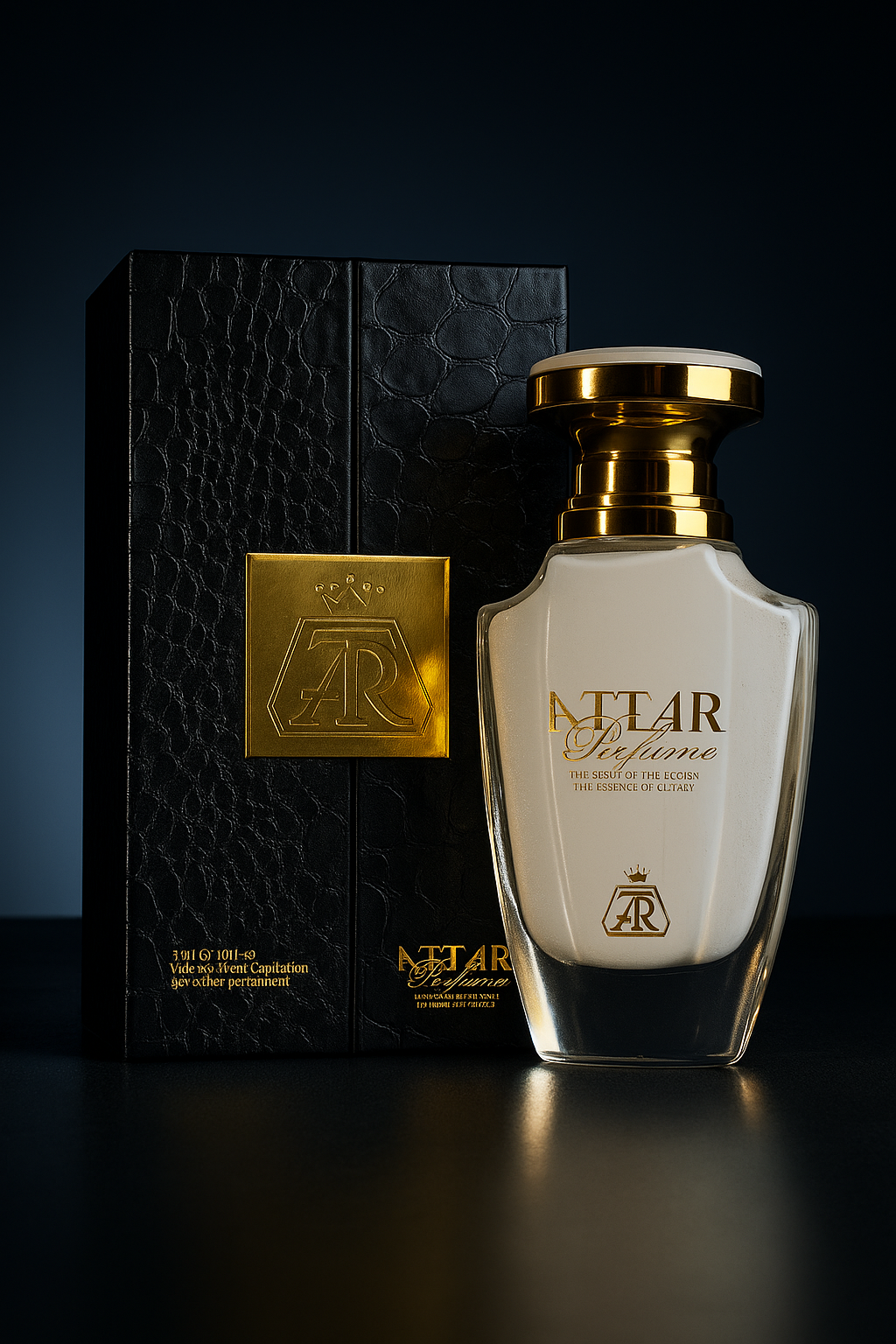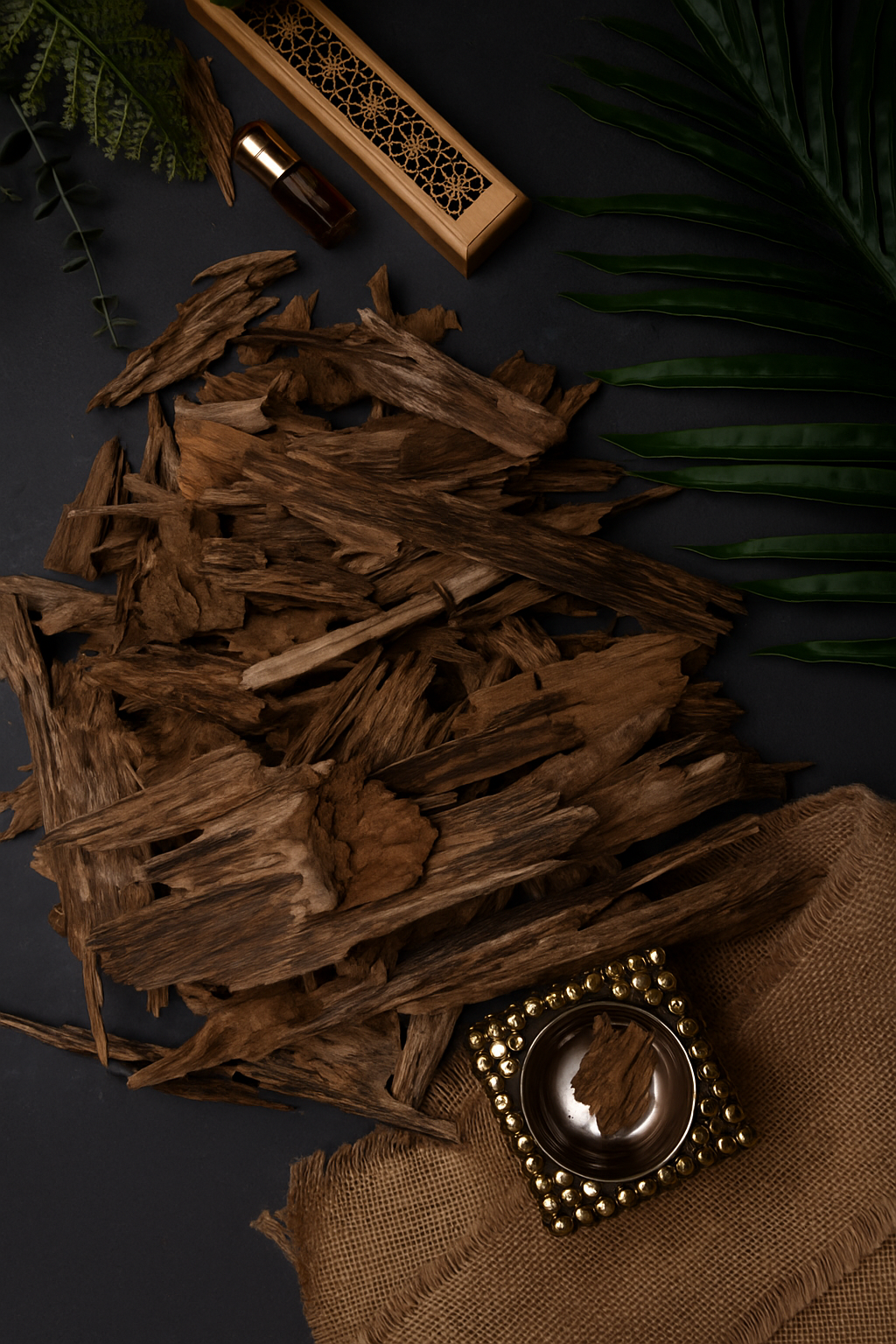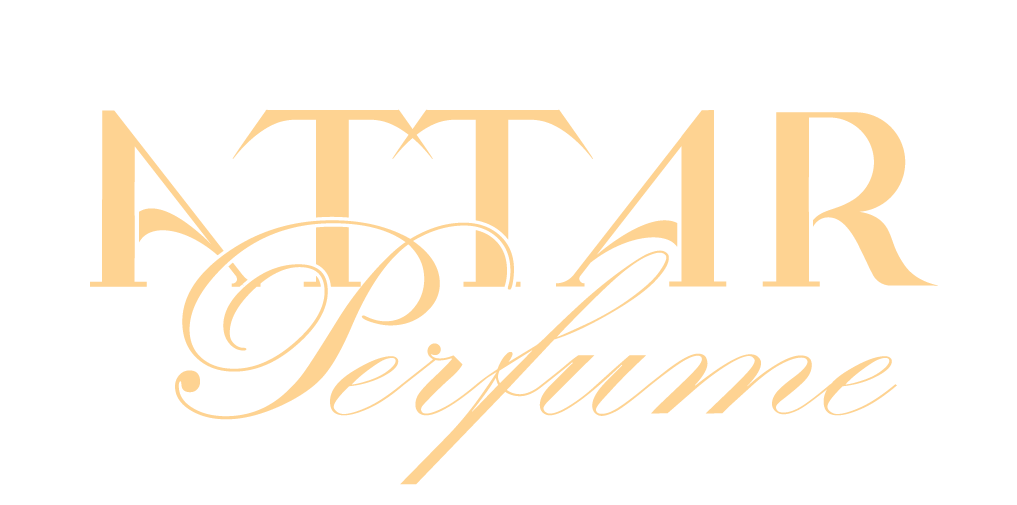An Expert Guide to Oud: A Journey with Abu Ibrahim of Fanan Al-Oud
Welcome to a world of exquisite aromas! In this exclusive look, we're joined by Abu Ibrahim from Fanan Al-Oud, a true connoisseur of oud. He's here to walk us through the intricate world of this cherished fragrance, from the least to the most prized varieties. Get ready to expand your knowledge and discover what makes each type of oud unique.

Understanding the Grades of Oud
Oud, or agarwood, comes in various grades, and understanding them is key to appreciating this complex fragrance. Abu Ibrahim breaks down the different types, moving from the most common to the most exclusive.
1. Industrial Oud (Synthetic Oud)
This is the most basic form of oud. It's a man-made product, not derived from the natural agarwood tree. The process involves mixing wood—often from a mango tree or another odorless type of wood—with a synthetic substance called resine. This resin is a chemical compound that carries a fragrance.
-
How it's made: Odorless wood is cut into specific shapes, like the "butterfly" cut, and is then soaked in a chemical resin solution. This process gives the wood its fragrance. The resin is extracted by mixing the sawdust of natural oud with a methanol solution.
-
Key takeaway: While it may have a strong scent, it lacks the depth and complexity of natural oud. It's often easy to spot due to its uniform, machine-cut appearance.
2. Enhanced Oud (Muhassan Oud)
Enhanced oud is a step up from industrial oud. It's made from actual agarwood, but from trees that have very little natural resin. This type of wood, known as "A-B wood," has little to no fragrance on its own.
-
How it's made: This low-grade agarwood is soaked in the same kind of resin solution used for industrial oud. The porous wood absorbs the resin, giving it a rich, fragrant scent. It's often "cooked" in special pots to ensure the wood is fully saturated.
-
Key takeaway: Enhanced oud is a hybrid. It uses real agarwood but relies on a man-made process to achieve its fragrance. When burned, the resin will bubble and "secrete" a fragrant oil, which is a key indicator of its enhanced nature. The quality and price of enhanced oud vary depending on the quality of the wood and the resin used.
3. Cultivated Oud with Human Intervention
This is where the process becomes more refined. Cultivated oud is grown on farms, where human intervention is used to encourage resin production. The goal is to replicate the natural process that creates agarwood.
-
How it's made: In this process, trees are either struck with a hammer, stabbed with a nail, or have their trunks carved to simulate natural damage. This damage causes the tree to secrete a natural resine to heal itself. This natural resin is what creates the fragrant oud. This process produces a higher quality oud than the enhanced variety.
-
Key takeaway: Examples include certain types of Laosi and Burmese oud chips. The longer the tree is allowed to heal and produce resin (up to 20-25 years), the more valuable the oud becomes.
The Pinnacle of Oud: Pure and Natural
This is the holy grail for oud enthusiasts. Pure natural oud is untouched by human hands, with no chemical or artificial intervention. This oud is a rare gift from nature, found in remote forests and deep jungles.
-
How it's made: Agarwood trees naturally produce resin in response to environmental factors such as lightning strikes, insect attacks, or wood decay. This process can take decades, even centuries, resulting in a dense, resin-rich wood.
-
The Journey to You: The path of this rare oud is a long one. It's first found by indigenous tribes in the jungle, who then sell it to local traders. These traders in turn sell it to wholesalers, who then sell it to a brand like Fanan Al-Oud. This multi-step process adds to its rarity and value.
-
Key takeaway: Pure natural oud is the highest grade of oud. It's often dense and heavy. An incredible example of this is "underwater" oud, which is so dense with resin that it sinks in water. This is demonstrated in the video where a piece of oud sinks instantly in a cup of water, demonstrating its incredible density.
A Look at the Rarest Oud
Abu Ibrahim showcases some truly magnificent examples of natural oud, pieces that are not for sale but are part of his personal collection. He displays a piece of oud from the Maruki region that is so dark it appears blue, a phenomenon known as "blue oud." He also shows a piece of "live" Maruki oud, which comes from the branches and upper parts of the tree, as opposed to the more common type that comes from the roots buried in the earth. He also displays a variety that he calls "between life and death" Maruki oud, a type that is harvested from the section between the branches and roots.
He also speaks about the legendary Indian oud, noting that high-grade natural Indian oud is so rare it can fetch a price of over 500,000 riyals per kilo.
A Final Tip: How to Burn Oud Correctly
Abu Ibrahim shares a crucial tip for getting the most out of your oud. For high-quality, dense oud like the Maruki variety, you need a strong heat source. He recommends using two pieces of lit charcoal side-by-side to ensure the oud gets enough heat to release its full fragrance. Placing the oud on a weak or dying coal will not allow it to burn properly, diminishing its scent.
We thank Abu Ibrahim for his time and invaluable insights. His passion for oud is truly contagious, and his dedication to educating others about this precious fragrance is a testament to his expertise. For more information and to view his exquisite collection, you can visit his store and social media accounts.












